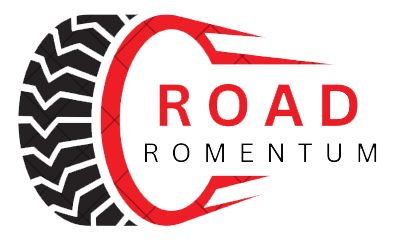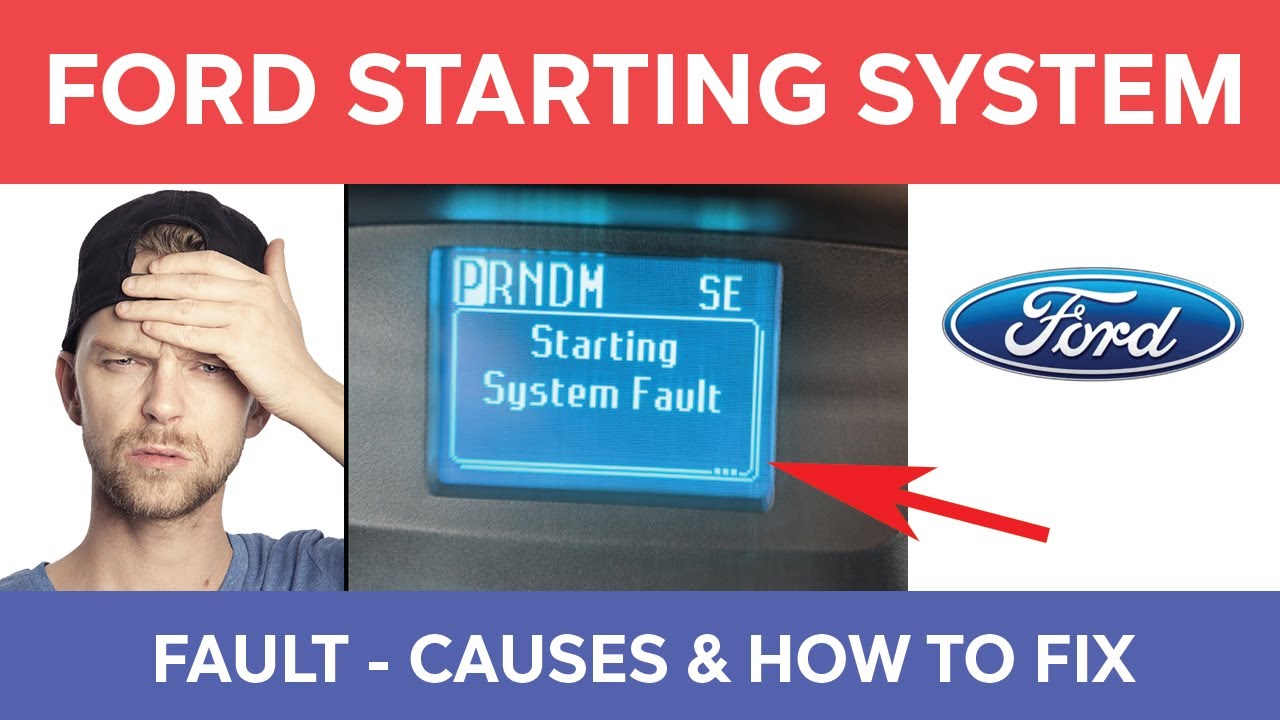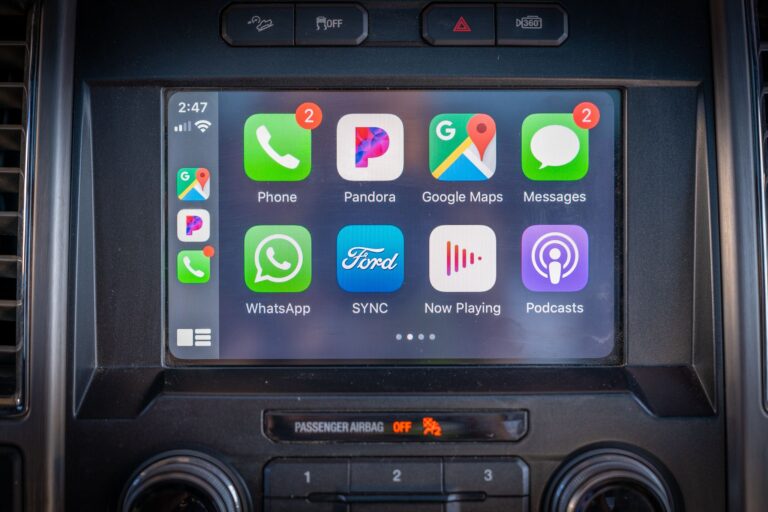How to Fix Starting System Fault – Ford F150: Troubleshooting Tips and Solutions
To fix a starting system fault in a Ford F150, check the battery voltage and inspect the fuses for any failures. Also, ensure that there are no offline computers, trouble codes, or missing inputs from the ignition switch and park sensor.
The diagnosis is crucial in determining the cost of the repair as there are multiple potential causes ranging from alternator, starter, or battery replacement to ignition and fuel system repairs. It is important to address the issue promptly and accurately to ensure the proper functioning of the starting system in the Ford F150.

Credit: www.rac.co.uk
Understanding The Starting System Fault
Start of sectionA starting system fault is a common issue that many Ford F150 owners encounter. It refers to a problem in the vehicle’s starting system, which prevents the engine from starting or causes difficulties in starting it. Understanding the causes behind this fault is essential in diagnosing and fixing the issue effectively.
End of section Start of sectionWhat Does ‘starting System Fault’ Mean?
A ‘Starting System Fault’ is an error message or warning that appears on the dashboard of a Ford F150. It indicates a problem in the starting system of the vehicle. When this fault occurs, the engine may not start at all or may experience difficulties in starting. This can be frustrating for the driver and may indicate underlying issues that need to be resolved.
End of section Start of sectionCommon Causes Of Starting System Fault
Several common causes can lead to a starting system fault in a Ford F150. These include:
- Failed battery voltage
- Defective fuses
- Offline computers
- Trouble codes set in the computers
- Missing inputs from the ignition switch and park sensor
It is important to note that diagnosing the exact cause of the starting system fault is crucial to determine the most effective solution and prevent unnecessary expenses.
End of section Start of sectionDiagnosing A Starting System Fault
Diagnosing a starting system fault in your Ford F150 involves a systematic approach to identify and address the underlying issues. Here are some steps to help you diagnose the problem:
- Check the battery voltage and recharge if needed.
- Inspect the fuses to ensure none have failed.
- Verify if any of the computers are offline.
- Scan for trouble codes set in the computers.
- Check for any missing inputs from the ignition switch and park sensor.
By following these steps, you can narrow down the potential causes and gain a clearer understanding of the starting system fault in your Ford F150.
End of section
Credit: lemonlawexperts.com
Troubleshooting Tips For Fixing Starting System Fault
When you encounter a starting system fault in your Ford F150, it can be frustrating and worrisome. However, with the right troubleshooting tips, you can diagnose and fix the problem efficiently. In this section, we will discuss a few key steps to help you identify and resolve the starting system fault. By following these steps, you can avoid unnecessary repairs and get your vehicle up and running again in no time.
Checking The Battery Voltage
Start by checking the battery voltage to ensure it has enough power to start the engine. To do this, follow these simple steps:
- Open the hood of your Ford F150 and locate the battery.
- Using a multimeter, set it to DC voltage and connect the positive probe to the positive terminal of the battery and the negative probe to the negative terminal.
- Read the voltage displayed on the multimeter. A fully charged battery should read around 12.6 volts. If the voltage is significantly lower, you may need to recharge or replace the battery.
Inspecting Fuses And Connections
If the battery voltage is sufficient, the next step is to inspect the fuses and connections. Faulty fuses or loose connections can disrupt the starting system. Follow these steps to inspect them:
- Locate the fuse box in your Ford F150. It is usually under the dashboard on the driver’s side.
- Check each fuse using a fuse tester or visually inspect them for any signs of damage.
- Ensure all connections related to the starting system, such as the battery cables and grounds, are clean and secure.
Testing The Ignition System
If the fuses and connections are in good condition, it’s time to test the ignition system. Follow these steps:
- Turn the ignition key to the “ON” position and listen for any clicking sounds from the starter.
- If you hear a clicking sound, it indicates that the starter motor is receiving power, but there may be an issue with the starter solenoid or the starter itself.
- If there is no clicking sound, it suggests a problem with the ignition switch or the wiring leading to the starter.
Examining The Park Sensor
The park sensor plays a crucial role in the starting system. It ensures that the transmission is in the “Park” or “Neutral” position before allowing the engine to start. To examine the park sensor, follow these steps:
- Locate the park sensor, which is usually mounted on the transmission housing.
- Inspect it for any signs of damage or misalignment.
- If the sensor is faulty, it may need to be replaced to resolve the starting system fault.
Replacing Faulty Components
If none of the above steps resolve the starting system fault, it may be necessary to replace faulty components. Common components that can cause starting system faults include the alternator, starter, ignition switch, or even the battery itself. It is recommended to consult a professional mechanic or refer to the vehicle’s service manual for detailed instructions on component replacement.
By following these troubleshooting tips, you can effectively diagnose and fix the starting system fault in your Ford F150. Remember to take safety precautions while working on your vehicle and consult a professional if needed. Don’t let the starting system fault bring you down – get back on the road quickly and confidently!
Solutions For Fixing Starting System Fault
Learn how to fix a starting system fault in your Ford F150 with these easy-to-follow steps. From checking the battery voltage to diagnosing the neutral safety switch, this guide will help you identify and resolve the issue quickly. Avoid expensive repairs by understanding the cause of the fault and taking the necessary corrective measures.
Replacing The Alternator, Starter, Or Battery
If you’re experiencing a starting system fault in your Ford F150, one of the most common solutions is to replace the alternator, starter, or battery. These components play a crucial role in starting your vehicle, and if they are faulty or worn out, it can lead to starting issues. By replacing them, you can ensure a reliable starting system. When replacing these components, it’s essential to choose high-quality parts that are compatible with your Ford F150 to guarantee optimal performance and longevity.Cleaning Connections And Ignition System
Another effective solution for fixing a starting system fault is to clean the connections and ignition system. Over time, dirt, corrosion, and debris can accumulate on the electrical connections, affecting their conductivity. By thoroughly cleaning these connections and the ignition system, you can remove any obstructions and restore proper electrical flow. Be sure to disconnect the battery before cleaning the connections to avoid any potential risks. Additionally, inspect the ignition system for any damaged or worn-out components and replace them accordingly.Repairing The Fuel System
A faulty fuel system can also contribute to starting system faults in your Ford F150. If the engine is not receiving the proper amount of fuel or if the fuel injectors are clogged, it can hinder the starting process. To fix this issue, you can consider repairing the fuel system. Start by inspecting the fuel pump, fuel filter, and fuel injectors for any signs of damage or contamination. Replace any faulty components and clean the injectors to ensure proper fuel delivery to the engine.Bypassing The Pcm
In some cases, bypassing the Powertrain Control Module (PCM) can be a solution for fixing a starting system fault. The PCM plays a vital role in managing various functions of your vehicle, including the starting system. If there is a communication error or malfunction with the PCM, it can cause starting issues. Bypassing the PCM involves using alternative wiring or circuits to directly bypass the faulty module. However, this should only be done by experienced professionals or as a last resort, as it can affect other systems in your vehicle.Tips For Cost-effective Repairs
When dealing with starting system faults in your Ford F150, it’s important to consider cost-effective repairs. Here are a few tips to help you save money: – Perform a thorough diagnosis to identify the exact cause of the starting system fault before proceeding with any repairs. – Compare prices of replacement parts from different suppliers to get the best deal. – Consider purchasing remanufactured parts if they are available, as they are often more affordable than brand new ones. – If you have the necessary skills and tools, consider performing the repairs yourself to save on labor costs. However, be cautious and only attempt repairs within your expertise. By following these tips, you can ensure cost-effective repairs without compromising on the quality and reliability of your starting system. Remember to regularly maintain your Ford F150’s starting system to prevent faults and extend its lifespan.
Credit: m.youtube.com
Frequently Asked Questions Of How To Fix Starting System Fault – Ford F150
What Does Starting System Fault Mean?
Starting system fault refers to a problem with the vehicle’s starting mechanism. It can occur due to issues with the battery, alternator, ignition system, or fuel system. Diagnosis is important to determine the cause and cost of the repair. Checking battery voltage, fuses, computers, and ignition switch inputs is recommended.
Where Is The Reset Button On A Ford F-150?
The reset button on a Ford F-150 is located in the right passenger side footwell or kick panel. It may come loose and cause a no-start or starting system fault issue.
Why Does My 2011 Ford F-150 Say Starting System Fault?
The “starting system fault” message on your 2011 Ford F-150 usually indicates issues with the alternator, starter, battery, or ignition system. It is important to diagnose the problem to determine the necessary repairs and associated costs. Check the battery voltage, fuses, and computer connections to identify any offline computers, trouble codes, or missing inputs from the ignition switch and park sensor.
What Could Be Causing My Ford F-150 Truck Struggling To Start Up?
Possible causes for a Ford F-150 struggling to start could be a faulty battery, issues with the ignition system, computer malfunctions, or problems with the fuel system. Checking the battery voltage, fuses, and connections, as well as diagnosing trouble codes, can help identify the specific issue.
Consider consulting a professional for a proper diagnosis.
Conclusion
To fix a starting system fault in your Ford F150, it is important to first check the battery voltage and recharge it if necessary. Ensure that none of the fuses have failed and check for any offline computers, trouble codes, and missing inputs from the ignition switch and park sensor.
Correcting most no-start problems usually involves replacing the alternator, starter, or battery, cleaning connections, or repairing the ignition or fuel system. However, it is crucial to diagnose the issue properly to understand the potential cost of the repair.










